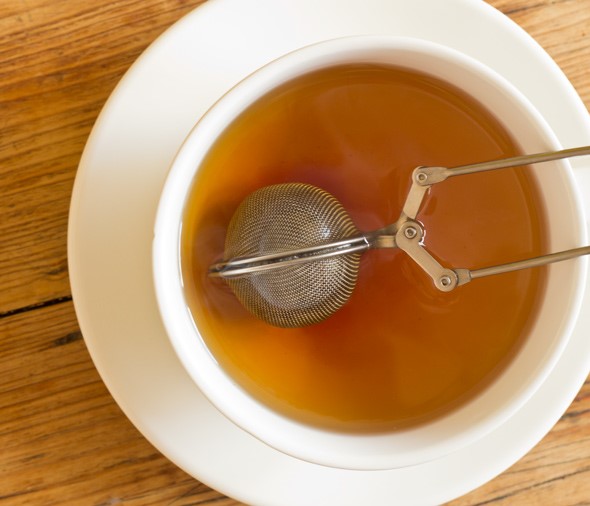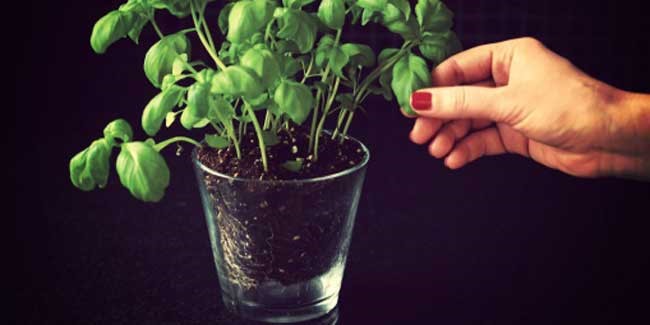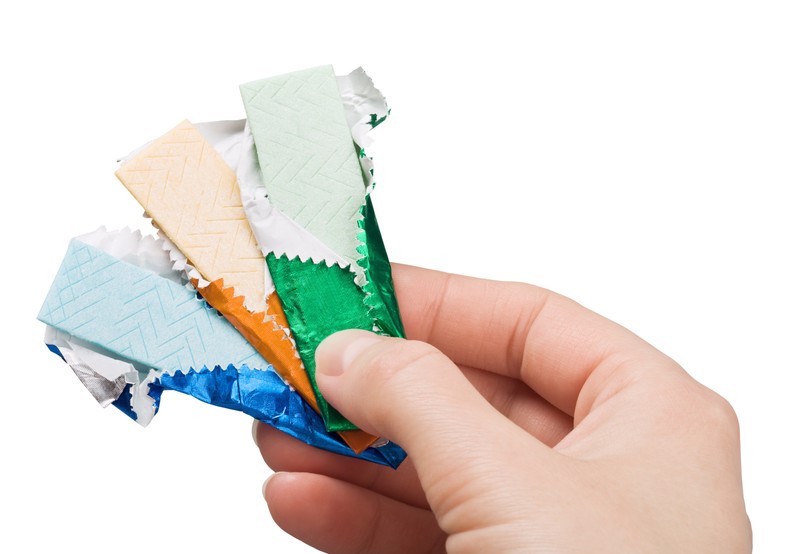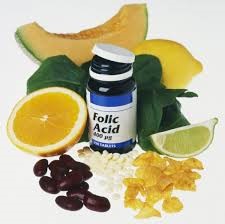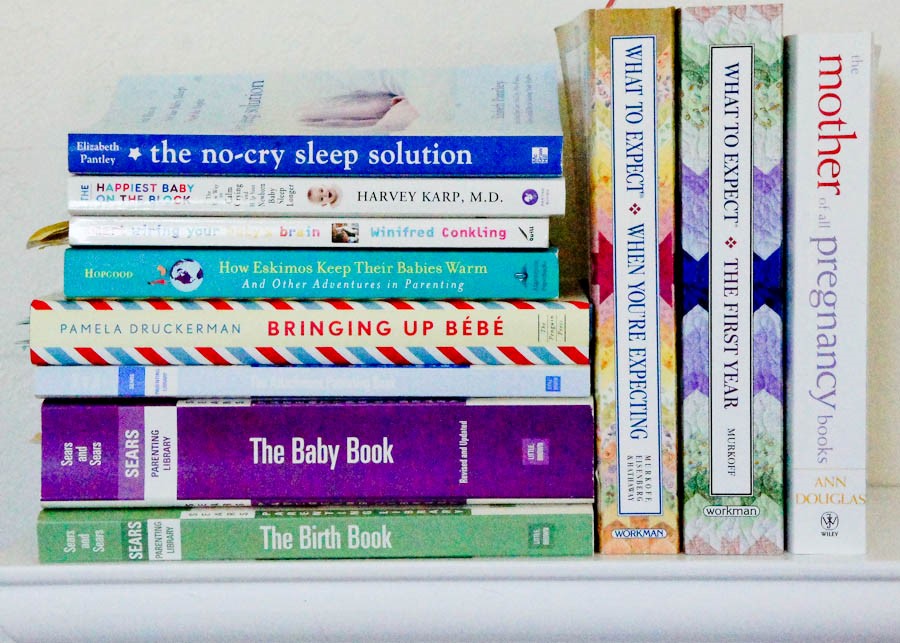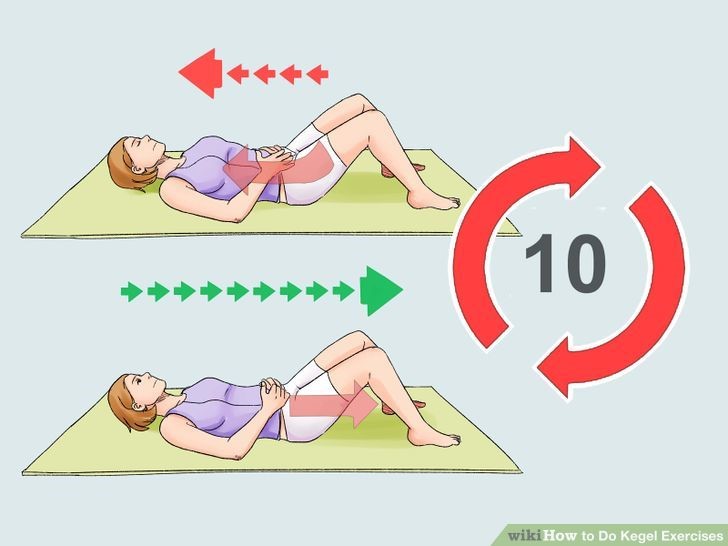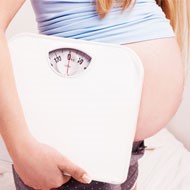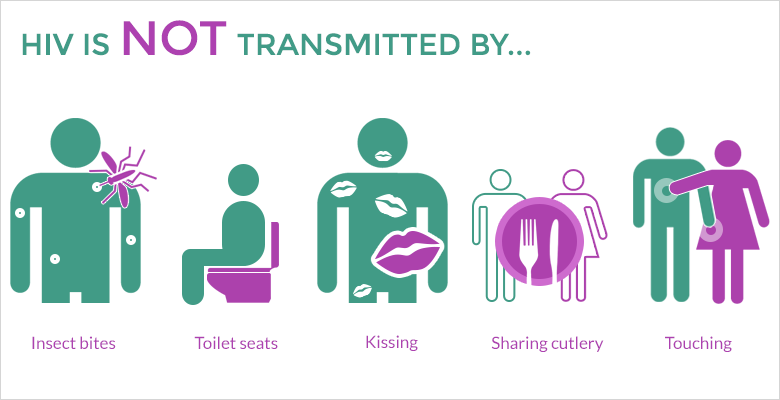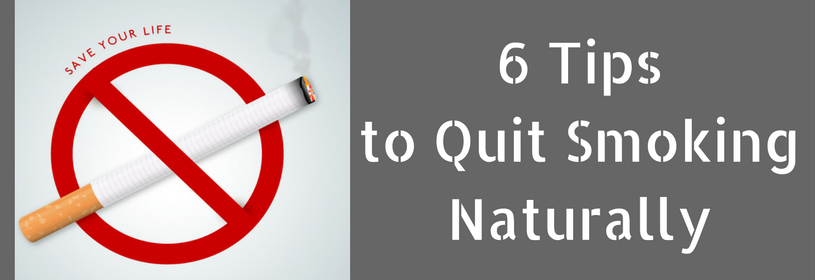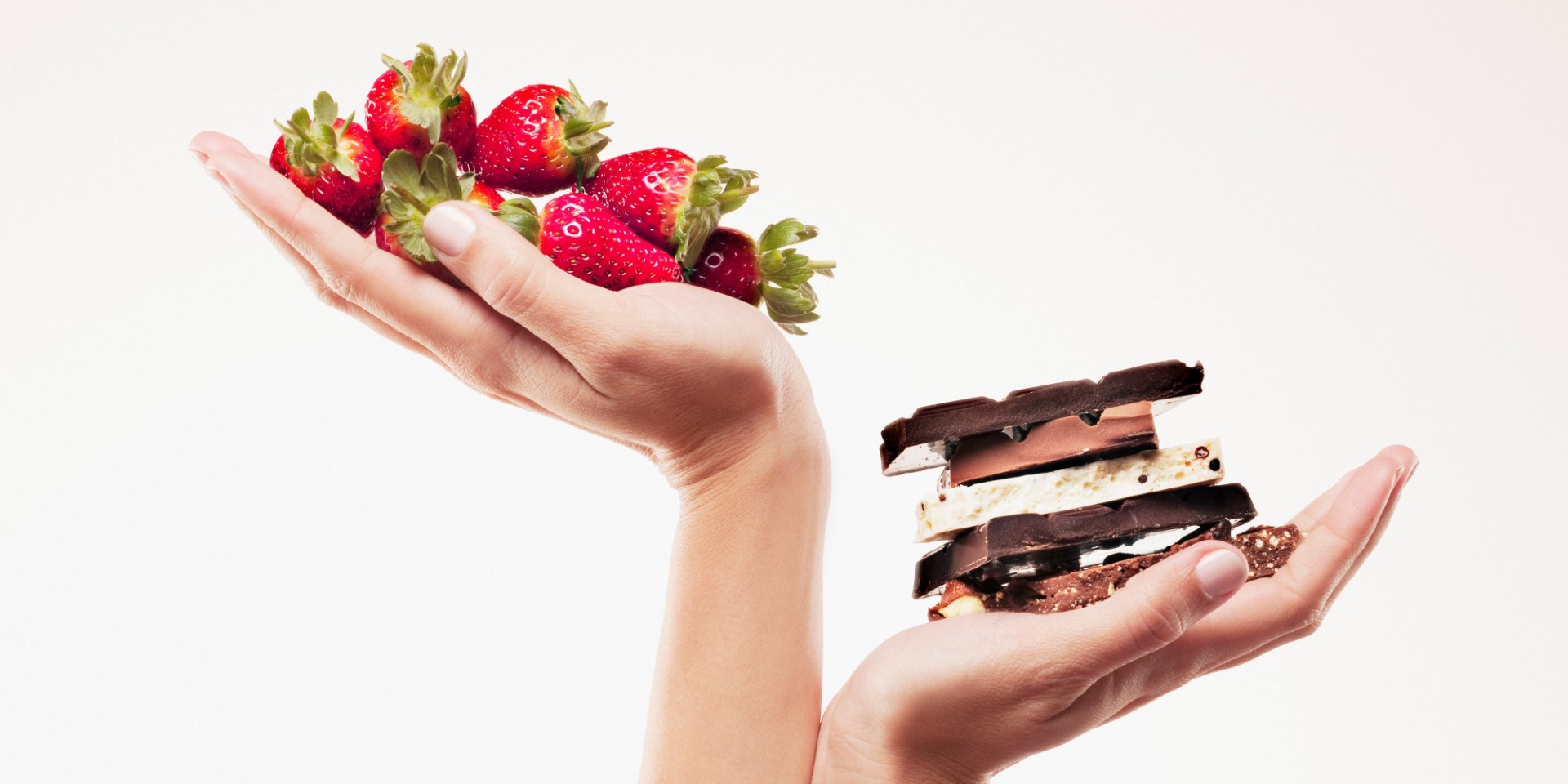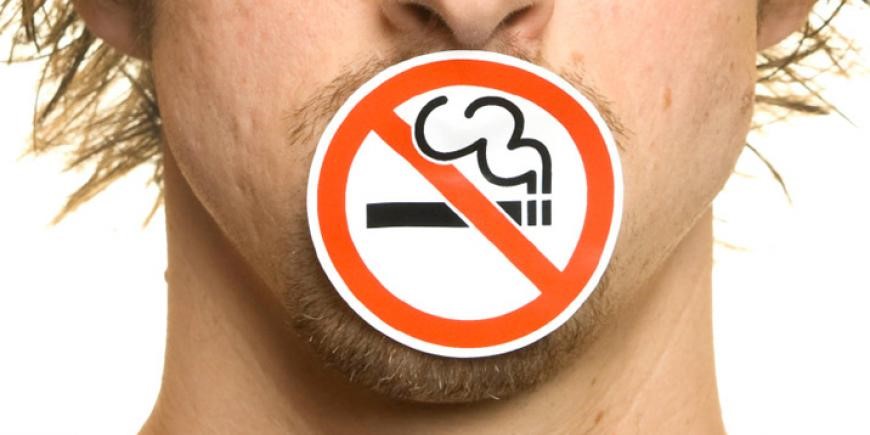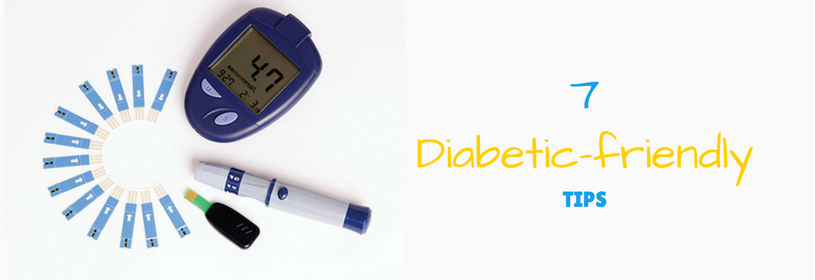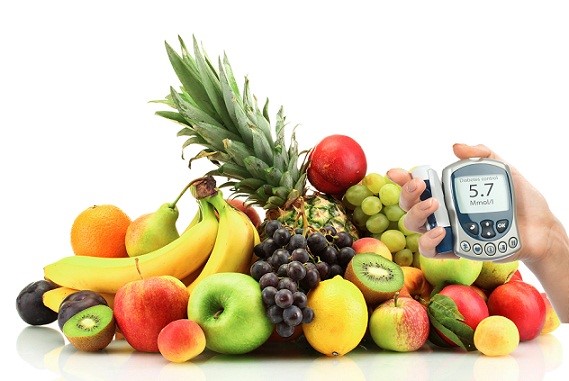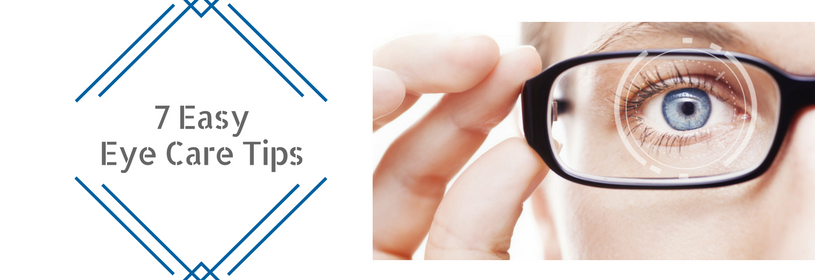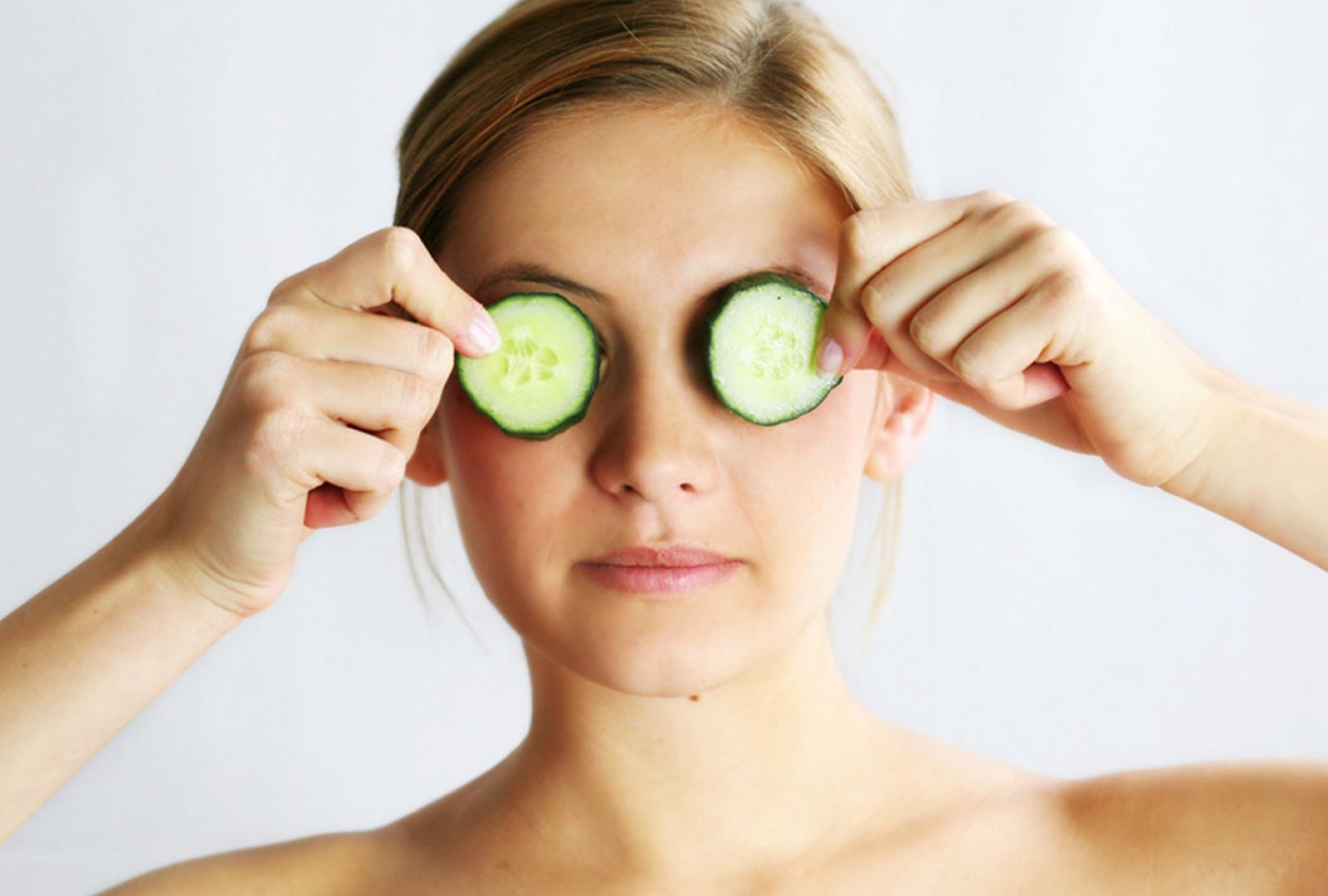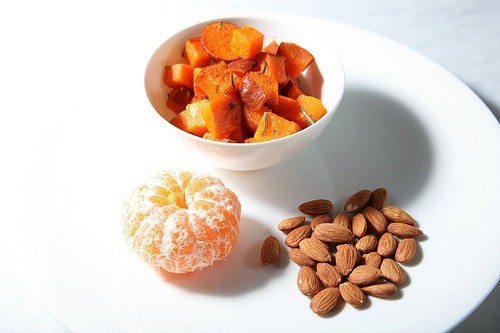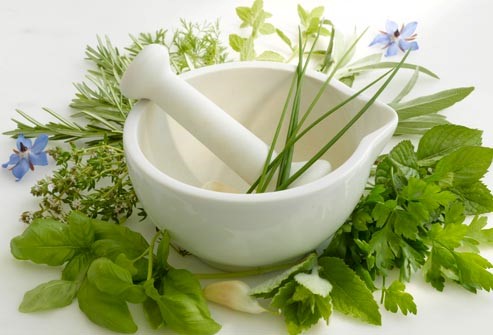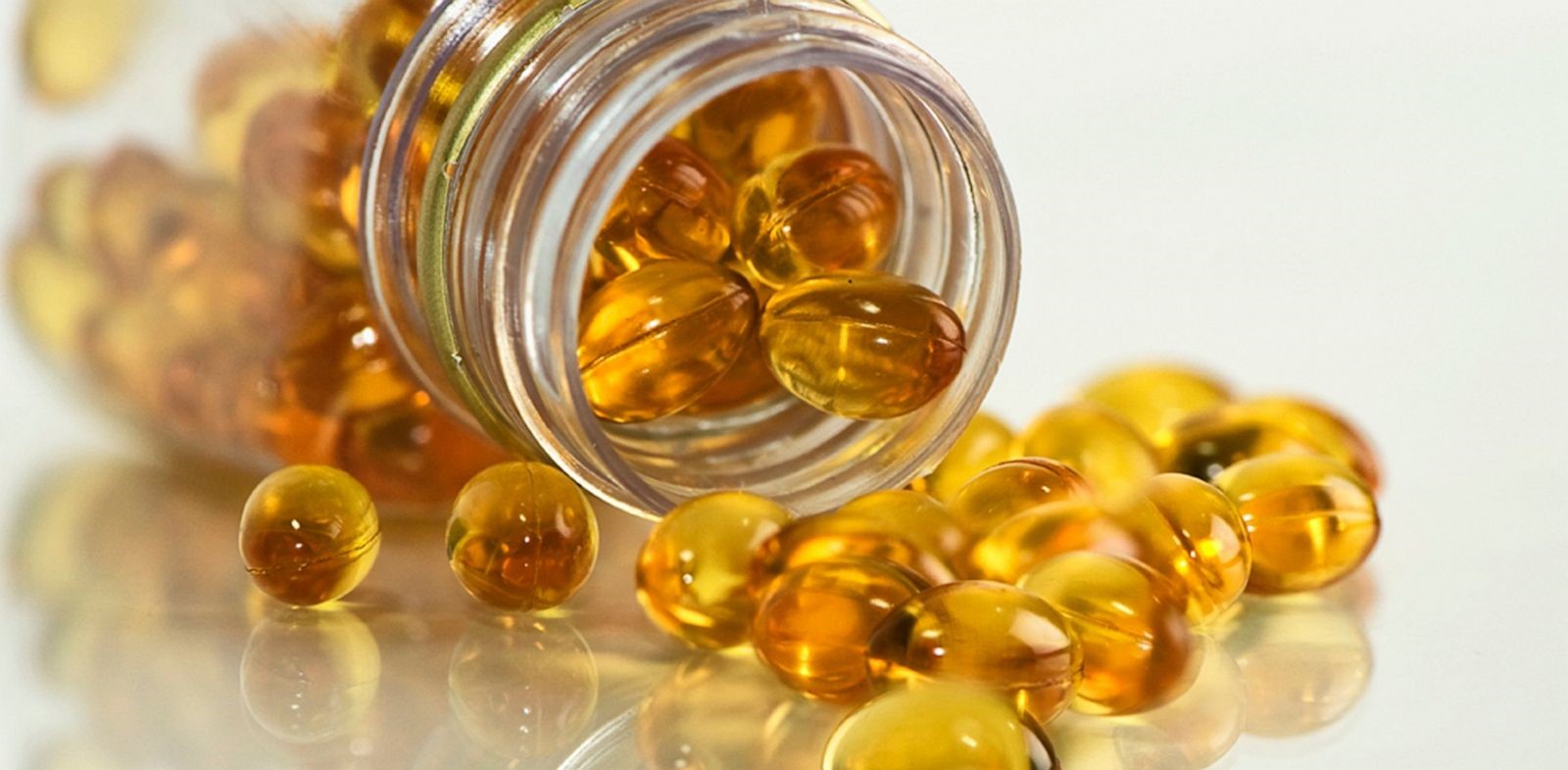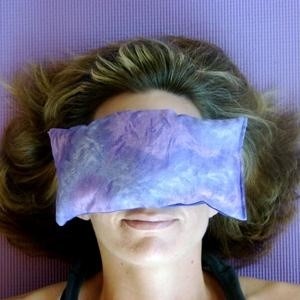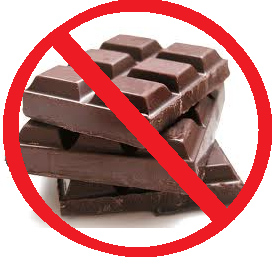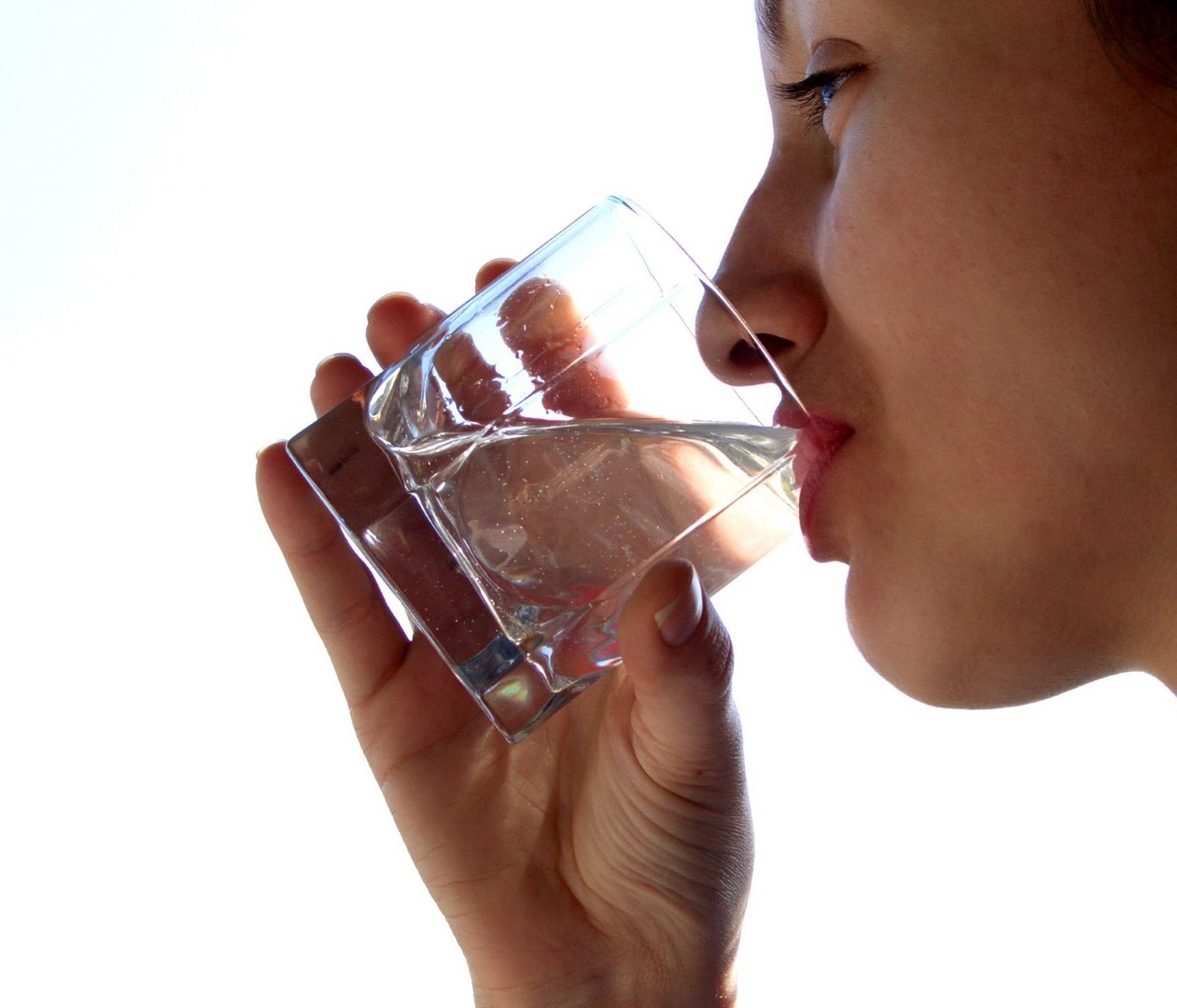11 Effective Remedies for Heartburn

Almost all of us would have experienced a burning sensation in our food pipe at some point of the other. Heartburns are not a serious problem but can develop into a more serious condition called Gastroesophageal Reflux Disease which is a chronic problem and has to be treated with medication. In most cases, the cause of heartburn can be very easily identified- it is mostly a reflex reaction to the kind of food you eat. So it is always advised to watch your diet and most importantly your posture after you eat since putting pressure on your abdomen after you eat can stimulate heartburns.
Following are some interesting tips that you can follow to get rid of heartburn.
1. If you have to start your day with tea, brew the tea leaves instead of boiling it in hot water as boiling it releases strong acids that can cause heartburn.
2. Don’t sleep as soon as you finish your meals. Give your body at least an hour’s time before you decide to lie down (also remember to sleep on your left side).
3. Avoid wearing clothes that are too tight, especially the ones that feel tight on your abdomen like belts.
4. While eating, make sure you chew your food slowly and drink very little water while you eat.
5. Say No to fried items for dinner. Choose nutritious foods like fruits, oats, nuts and eggs.
6. Avoid adding too much spice to your meals.
7. Some people may be allergic to one particular kind of food. If you’re able to identify the cause, it is better to stay away from it.
8. Chew tulsi leaves or have lemon water with 7-8 soaked raisins for immediate relief.
9. For some people cold milk works like magic and can provide instant relief.
10. After a meal, pop a chewing gum and chew for 30 minutes to ward off heartburn.
11. Avoid smoking and alcohol as they are very commonly associated to heartburn.
References:
http://www.healthline.com/health/gerd/heartburn-relief
http://www.webmd.com/heartburn-gerd/america-asks-9/nighttime-heartburn-sleep-tips

